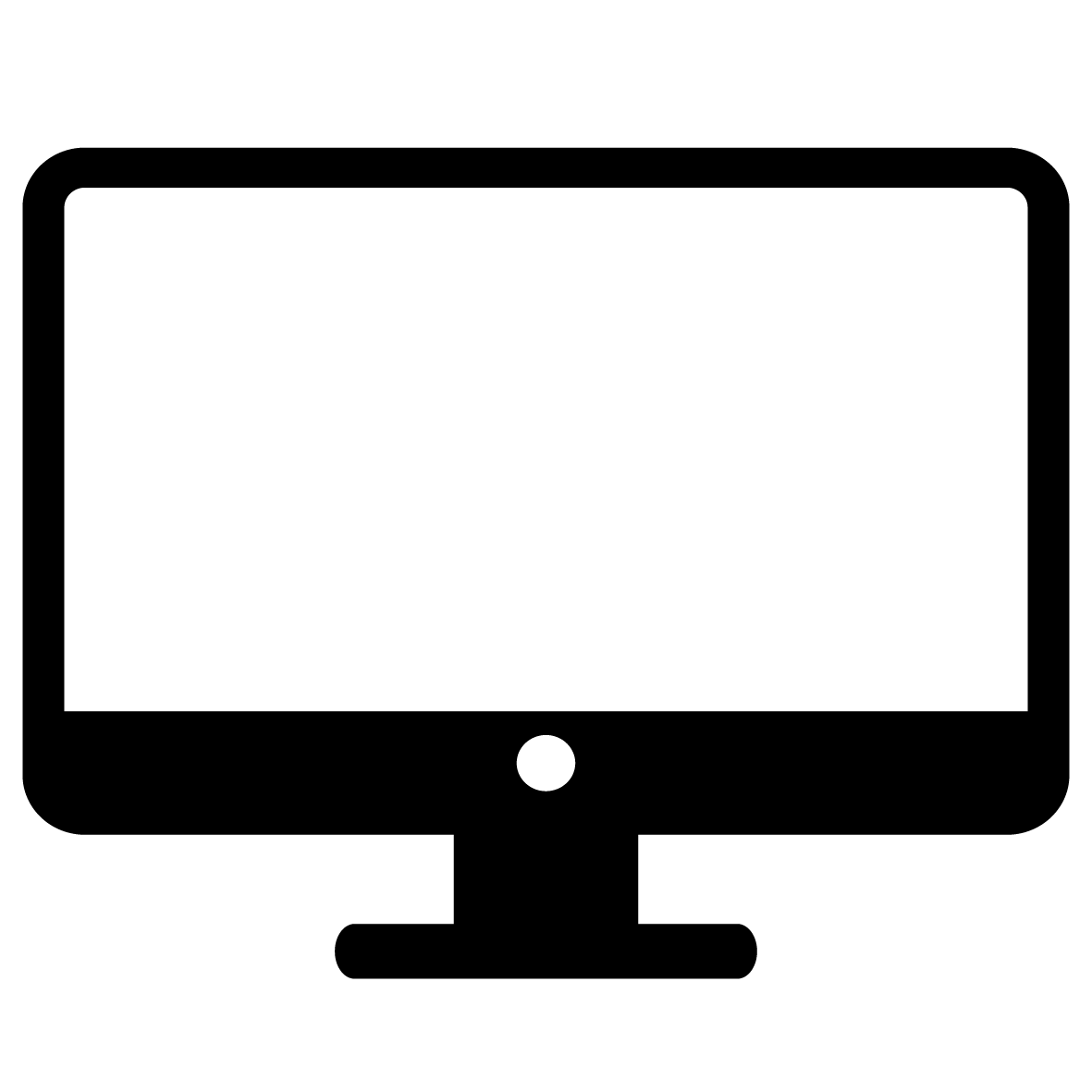If you need help studying for the Aviation Standard Test Battery-E (ASTB-E) or just want some more information about what the test is like, you’ve come to the right place.
Click below to take a free ASTB-E practice test!
How to Register
ASTB-E Scores
Retaking the Test
What Test-Takers Are Saying
FAQs
What’s on the ASTB-E?
The ASTB-E is used by the US Navy, Marine Corps, and Coast Guard as part of the selection process for pilots and flight officers.
The ASTB-E is split into six subtests. If you’re interesting in a role that doesn’t involve aviation, you can just take the first three subtests, collectively called the OAR test.
Let’s take a closer look at each subtest:
Math Skills Test (MST)
~30 questions
- Equations and inequalities
- Algebraic expressions
- Operations with whole numbers, fractions, decimals, and percentages
- Properties of numbers
- Sequences
- Basic geometry
Reading Comprehension Test (RCT)
~20 questions
- Main idea
- Supporting details
- Making inferences
- Determining the definition of words in context
- Tone
- Author’s purpose
Mechanical Comprehension Test (MCT)
~30 questions
- Force
- Energy
- Work
- Power
- Simple machines
- Electrical circuits
- Voltage and current
- Properties of fluids
- Properties and uses of mechanical tools
Aviation and Nautical Information (ANIT)
~30 questions
- Basic aerodynamics
- Aircraft components and functions
- Flight rules and regulations
- Naval aviation history and notable aircraft
- Nautical terminology and concepts
Naval Aviation Trait Facet Inventory (NATFI)
50-100 questions
- Adaptability
- Stress tolerance
- Leadership potential
- Teamwork skills
- General behavioral tendencies
Performance Based Measures Battery (PBM)
Various tasks
- Multitasking
- Psychomotor skills
- Spatial orientation
Computer-Adaptive Testing (CAT)
The ASTB-E is a computer-adaptive test. Basically, this means that the questions will become harder or easier as you go through the exam, based on how well you’re answering the questions.
For example, say you answered the first question correctly. The first question is of medium difficulty, so the next question will be slightly harder. Then, let’s say you answered the second question incorrectly. The next question would then be a medium question.
How to Register
To get started with the registration process, you’ll need to contact a recruiter for the specific branch of the military you plan on joining. They’ll likely put you through a screening and application process before you can fully register.
Once you’re approved, you can schedule a testing appointment.
ASTB-E Test Scores
Once you’ve taken the test, the hard part is over! You should receive your test scores as soon as you finish the test.
Different programs and services have specific score requirements:
Here’s what these abbreviations mean:
- OAR: Officer Aptitude Rating
- AQR: Academic Qualifications Rating
- PFAR: Pilot Flight Aptitude Rating
- FOFAR: Flight Officer Aptitude Rating
The composite scores are measured on a stanine scale, which ranges from 1 to 9. Your percentile rank compares your performance to other test-takers. For example, a score of 5 suggests you performed better than about 40%-59% of participants.
Once you complete all six subtests, you’ll immediately receive a report of your scores.
Retaking the Test
If you didn’t get the score(s) you wanted on your first try, that’s okay! You can take the OAR test a total of three times, so you can try again for a better score.
Here’s the catch: your most recent score is the only score that will be accepted. This means that if you take the test a second time, that’s the score that will be accepted, even if the score from your first attempt was higher.
Online ASTB-E Test Prep Course
If you want to be fully prepared, Mometrix offers an online ASTB-E prep course. The course is designed to provide you with any and every resource you might want while studying. The ASTB-E course includes:
The ASTB-E prep course is designed to help any learner get everything they need to prepare for their ASTB-E exam. Click below to check it out!
What Test-Takers Are Saying
Don’t just take our word for it! See what real test-takers are saying about the ASTB-E:
“It is helpful to tilt your head in the direction of the target ear. So if the test says to target the right ear, tilt your head to the right. During my first attempt at the ASTB, I did not use the head tilt tip and in the middle of the listening portion, I completely forgot which ear I was supposed to be targeting. Tilting my head to the target ear helped me to remember which ear I was focusing on.”

MotorCookie
Air Warriors
“Understand how word problems work and what the question is actually asking you as they will often contain filler information that’s irrelevant and designed to throw you off. Also know PEMDAS (look it up if you don’t know it).”

Metromedic
Air Warriors
“When it gives you instructions to deal with crisis scenarios with the joystick, write down the steps before jumping in. Also, make sure you are proficient at the orientation piece (look up the compass trick).”

Spartan10142
“The key thing is to toss any previous knowledge aside and answer the reading questions based ONLY on the information given in the passage. Also, there is no sentence completion—there is only reading comprehension.”

CaptainRon
Air Warriors
“The ANIT questions were not hard but they were purely factual, as in you either know it or you don’t. They asked about what parts of the ship were called, what various gauges in the plane do, parts of the plane, basic questions about roll/pitch/yaw, etc.”

Live_Poker_Is_Rigged
FAQs
How many questions are on the ASTB-E?
The number of questions varies, but the test generally contains between 150 and 200 questions.
How long is the ASTB-E?
The test usually takes between 2 and 3 hours to complete.
What’s the difference between the ASTB-E and the OAR?
The OAR test is the collective name for the first three subtests of the ASTB-E.
Mometrix Test Preparation is not affiliated with or endorsed by any official testing organization. All organizational and test names are trademarks of their respective owners.


 ASTB-E Online Course
ASTB-E Online Course ASTB-E Study Guide
ASTB-E Study Guide




